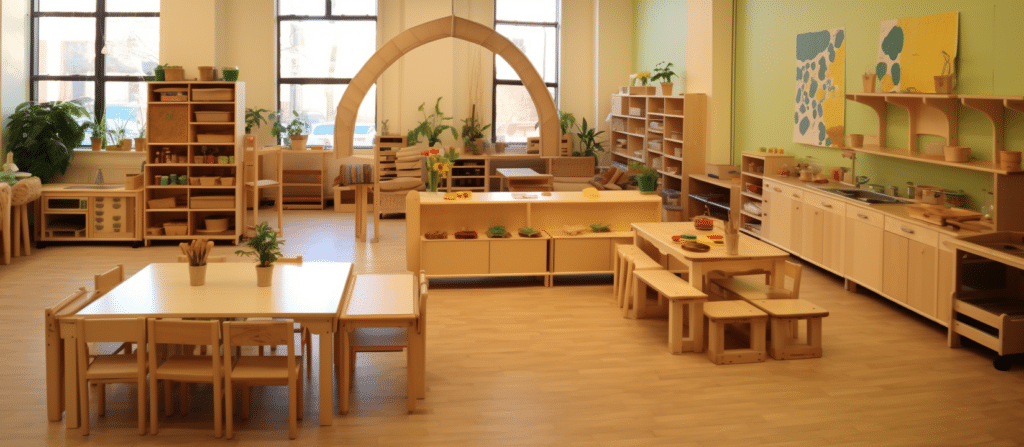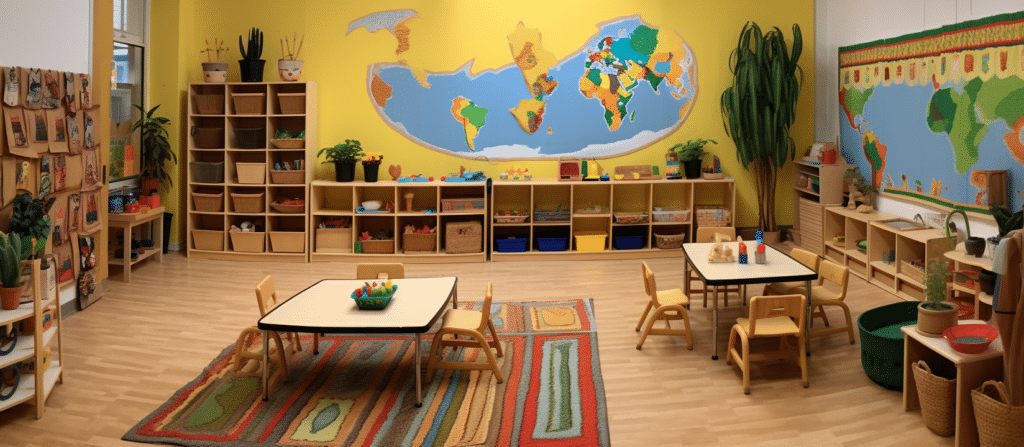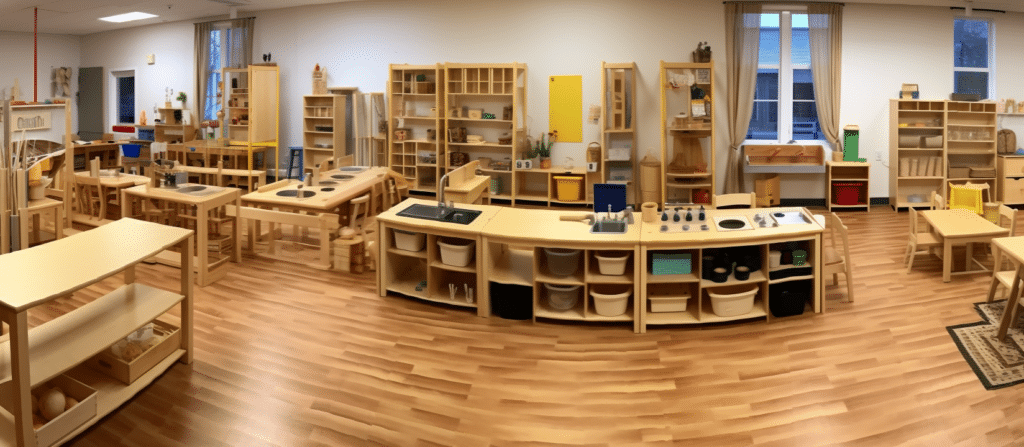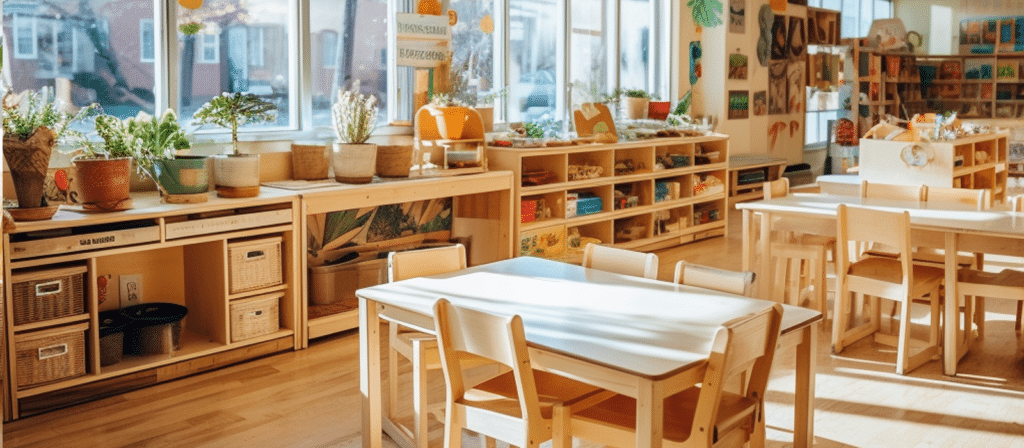Are you curious about how daycare furniture can transform the learning experiences of young children? In this article, we will explore the intriguing ways in which carefully selected daycare furniture can supercharge sensory learning for kids. From textures to colors and shapes, furniture plays a vital role in engaging a child’s senses and promoting early development.
Daycare furniture isn’t just about aesthetics; it’s a crucial tool for enhancing sensory learning. Children naturally learn through their senses, and daycare settings harness this by providing furniture that stimulates, educates, and encourages exploration.
Why is sensory learning important?
Sensory learning is a hands-on approach that encourages children to explore and interact with their environment using their senses. It helps them develop important skills such as problem-solving, critical thinking, and language development. By engaging multiple senses, children are able to make meaningful connections, retain information better, and develop a deeper understanding of the world around them.

How does daycare furniture enhance sensory learning?
Daycare furniture serves as a foundational element in creating an environment that encourages sensory learning. The design and functionality of the furniture can greatly influence a child’s experience and engagement. Here are some ways daycare furniture enhances sensory learning:
- Ergonomics for comfort and focus: Comfortable and properly-sized furniture allows children to focus on the task at hand without distractions. Adjustable chairs and tables ensure that children of different heights can comfortably participate in various activities. When children are comfortable, they are more likely to fully engage in sensory experiences.
- Colors and textures for stimulation: Vibrant and visually appealing furniture can create a stimulating environment that captures children’s attention. Different colors and textures on furniture surfaces can provide sensory input, encouraging children to explore and touch. For example, chairs with soft cushions or textured fabric can provide tactile stimulation, enhancing sensory experiences.
- Versatility for varied activities: Daycare furniture that offers versatility allows for a wide range of activities that engage multiple senses. For example, tables with built-in sensory bins or activity centers provide opportunities for children to engage in sensory play. This type of furniture promotes hands-on exploration and encourages children to use their senses to learn and discover.
- Storage solutions for organization: Well-designed daycare furniture includes ample storage solutions to keep the learning environment organized and clutter-free. When materials and toys are neatly stored, children can easily access them and engage in sensory activities without unnecessary distractions. A tidy and organized space also promotes a sense of calmness and focus.
- Safety features for peace of mind: Daycare furniture should prioritize safety to ensure a secure learning environment. Rounded edges, sturdy construction, and non-toxic materials are important considerations when selecting furniture. When children feel safe and secure, they are more likely to fully immerse themselves in sensory experiences and exploration.
By providing daycare furniture that is designed with sensory learning in mind, educators and caregivers can create an environment that supports and enhances the learning experiences of young children.

How does sensory learning impact different areas of development?
Sensory learning has a profound impact on various areas of a child’s development. Let’s explore the benefits of sensory learning in key developmental domains:
- Cognitive development: Sensory experiences stimulate a child’s brain, promoting cognitive development. When children engage multiple senses, they are better able to process information, make connections, and develop problem-solving skills. Sensory learning also enhances memory retention and improves focus and attention span.
- Language development: Sensory activities involve verbal and non-verbal communication, which helps develop language skills. Through sensory play, children learn to express themselves, follow instructions, and engage in conversations. The use of sensory materials and props provides opportunities for vocabulary expansion and language exploration.
- Social and emotional development: Sensory learning promotes social interaction and emotional regulation. When children engage in sensory activities together, they learn to take turns, share materials, and cooperate. Sensory experiences also provide a safe space for children to express their emotions, explore their senses, and develop self-awareness.
- Physical development: Sensory play involves movement and manipulation of objects, supporting the development of fine and gross motor skills. Children strengthen their hand-eye coordination, dexterity, and muscle control through activities such as pouring, scooping, and stacking. Sensory learning also encourages physical exploration and active engagement.
By incorporating sensory learning into daycare environments through the use of appropriate furniture and materials, we can nurture well-rounded development in young children.

How can daycare furniture be adapted for sensory learning?
Daycare furniture can be adapted to cater to the specific needs and interests of children during sensory learning experiences. Here are some ideas to consider:
- Flexible seating options: Provide a variety of seating options, such as bean bags, floor pillows, or rocking chairs, to accommodate different sensory preferences and promote comfort during sensory activities.
- Sensory tables: Incorporate tables with built-in sensory bins or trays that can be filled with materials such as sand, water, or rice. These tables provide opportunities for tactile exploration and sensory play.
- Art stations: Set up dedicated areas with easels, art supplies, and adjustable tables where children can engage in sensory-rich art activities. This allows them to explore different textures, colors, and materials while expressing their creativity.
- Nature-inspired furniture: Integrate natural elements into daycare furniture, such as wooden tables and chairs. This creates a connection to the outdoors and provides a calming and grounding environment for sensory learning.
- Sensory walls: Designate a wall space for sensory experiences, such as a magnetic wall, chalkboard wall, or sensory board with various textures and objects. This encourages children to engage their senses while promoting creativity and exploration.
By incorporating these adaptations, daycare furniture can further enhance sensory learning experiences and create an environment that sparks curiosity and imagination.

In conclusion
Daycare furniture plays a vital role in enhancing sensory learning experiences for young children. By providing comfortable, versatile, and stimulating furniture, educators and caregivers can create an environment that promotes engagement, exploration, and learning through the senses. Sensory learning not only stimulates cognitive development but also supports language, social-emotional, and physical development. With the right furniture and materials, we can create a sensory-rich environment that fosters holistic growth and sets the stage for a lifelong love of learning.

















